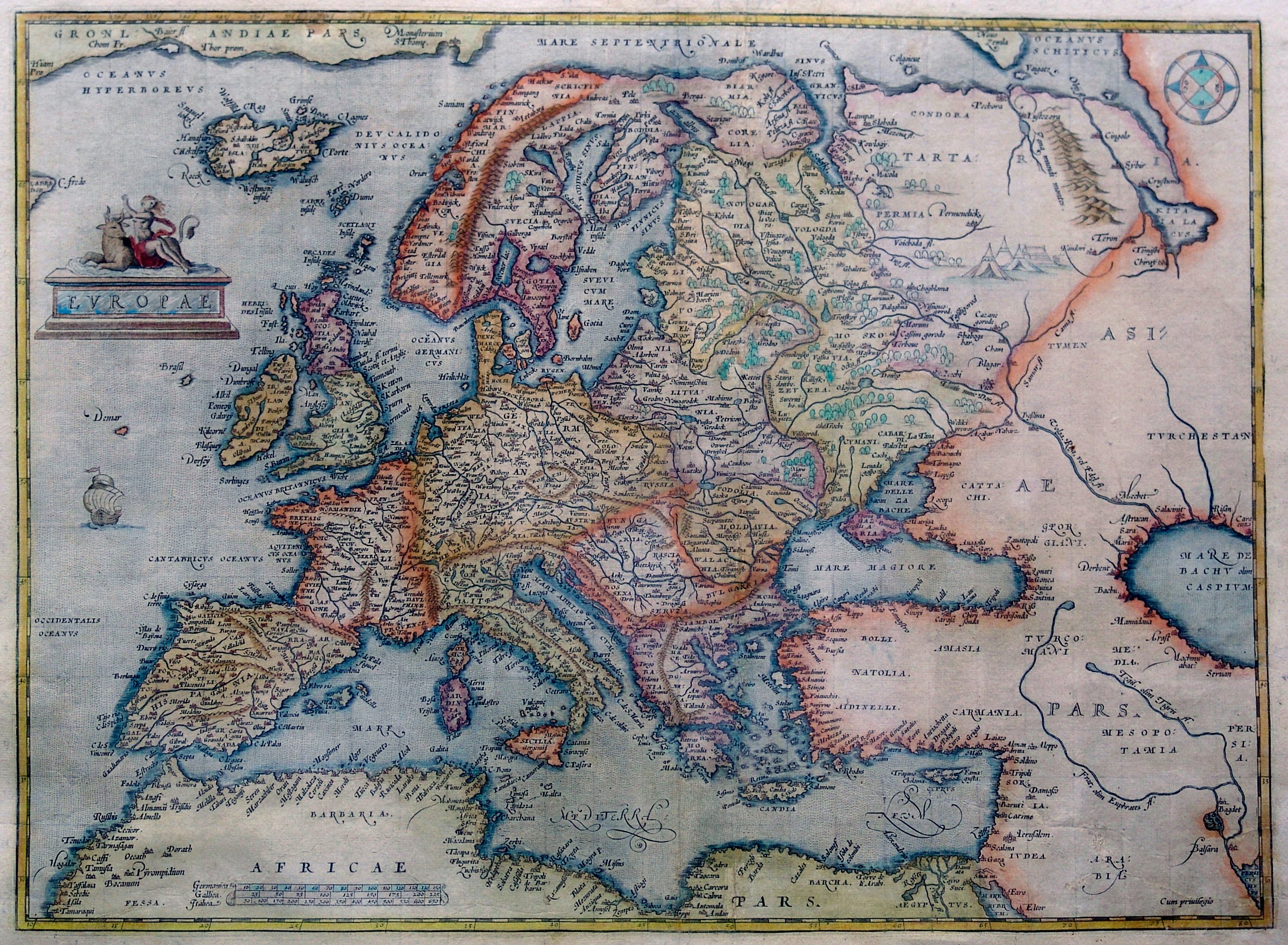

It was supposed to have been sighted by Portuguese sailors. Psitacorum regio appeared on Mercator s 1541 globe and his 1569 world map. Take, for example, Psitacorum regio, south of the Cape of Good Hope. Points on that continent derived from sailors stories and observations. This was common to maps of the period, as a southern continent was thought likely to be hidden in the Pacific and near the South Pole to balance the continents of the northern hemisphere. For instance, only the Straits of Magellan separate South America from the large, unknown southern continent. Many other place names and geographic features remain that were based on dubious sources or hypotheses that have since been corrected. Additionally, Ortelius and his colleagues corrected the map as they released new editions of his atlas for example, the western bulge in South America was removed in the third state of the second edition of the world map. Although the map appears erroneous to modern eyes, it actually contains some of the best compilation work of the period, which was a hallmark of mapmaking in the sixteenth century. The map is based most directly upon Mercator s map of 1569, Gastaldi s map of 1561, and Diego Gutierrez portolan map of the coastlines of the Atlantic. Nova Francia is shown, although the map debuted well before the visits of Champlain and the Jesuits. Lawrence reaching to the middle of the continent and a similar river running from the Gulf of Mexico to the same vicinity. North America is a study in guesswork and mythical cartography, including a projection of the St. The early mis-projection of Japan is prominent, as is the equally conjectural depiction of New Guinea and the Solomon Islands. The map includes a massive Terra Australis Nondum Cognita, a distinctive Northwest Passage below the Terra Septemtrionalis Incognita, and other early cartographic hypotheses.

Typus Orbis Terrarum was featured in the world s first atlas, Theatrum Orbis Terrarum, by Abraham Ortelius. This spectacular old color Ortelius world map showing the world as known in 1587 is one of the most famous maps ever made.


 0 kommentar(er)
0 kommentar(er)
